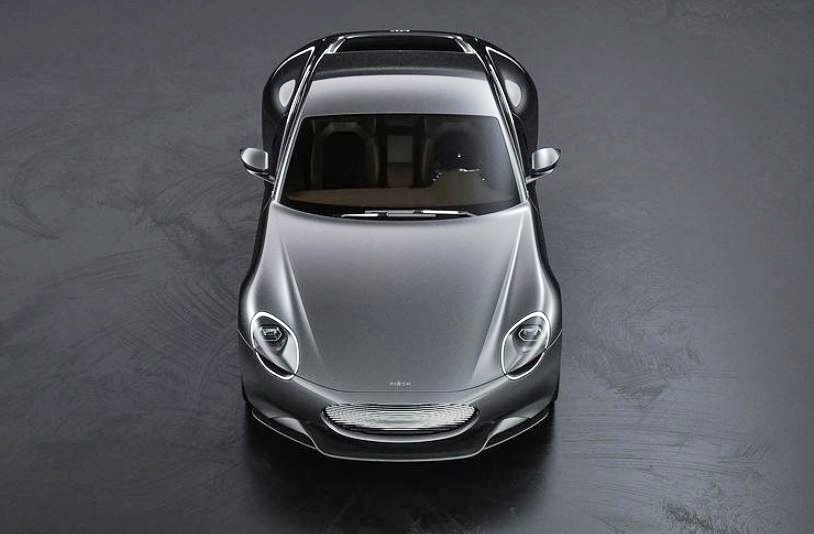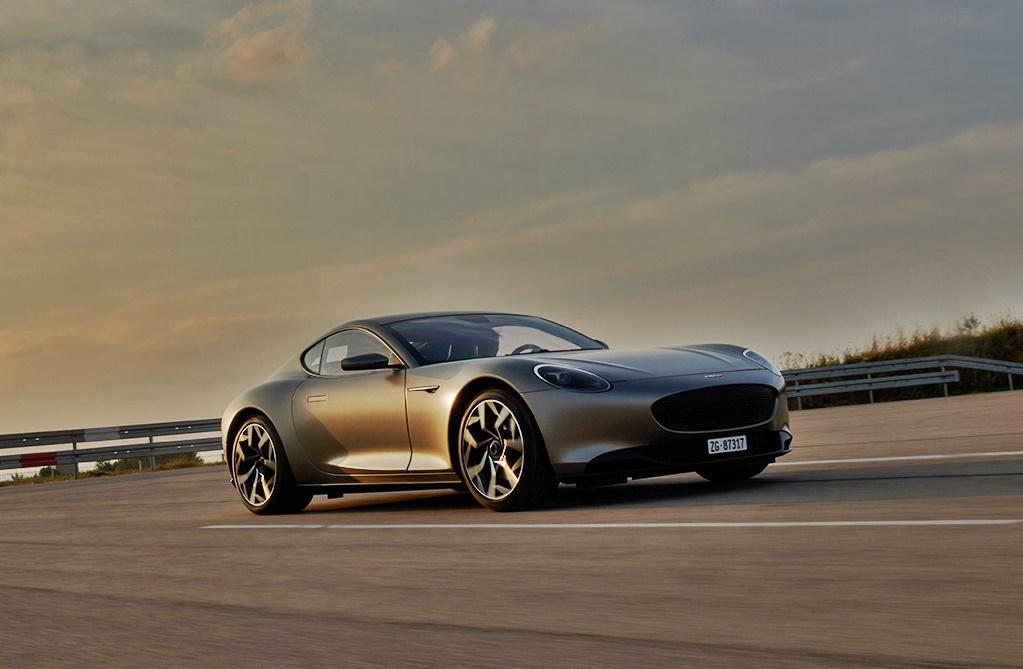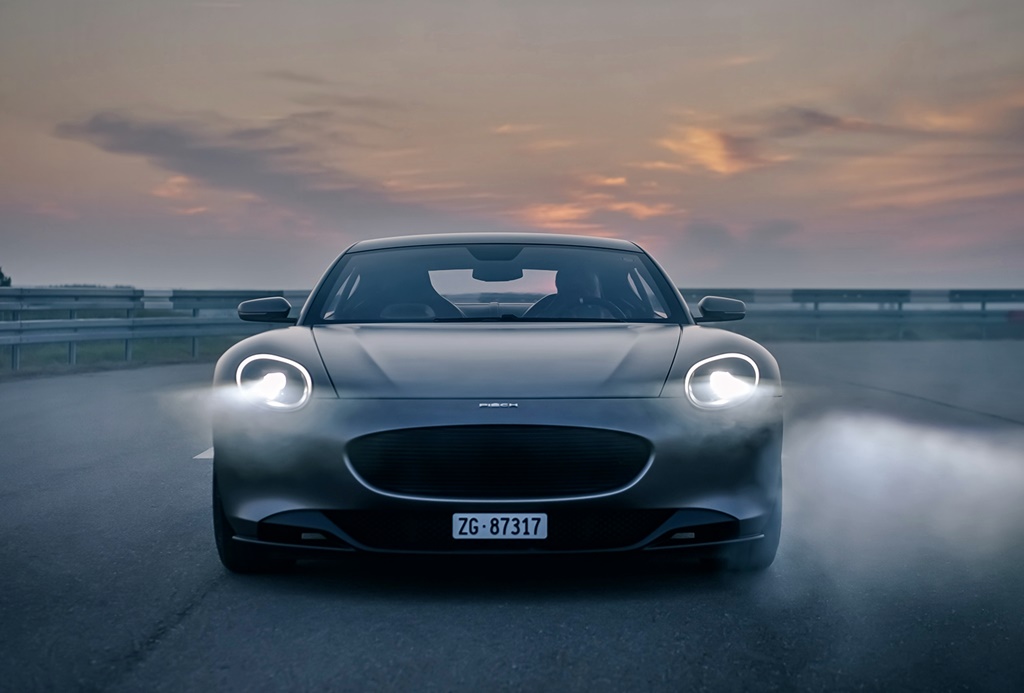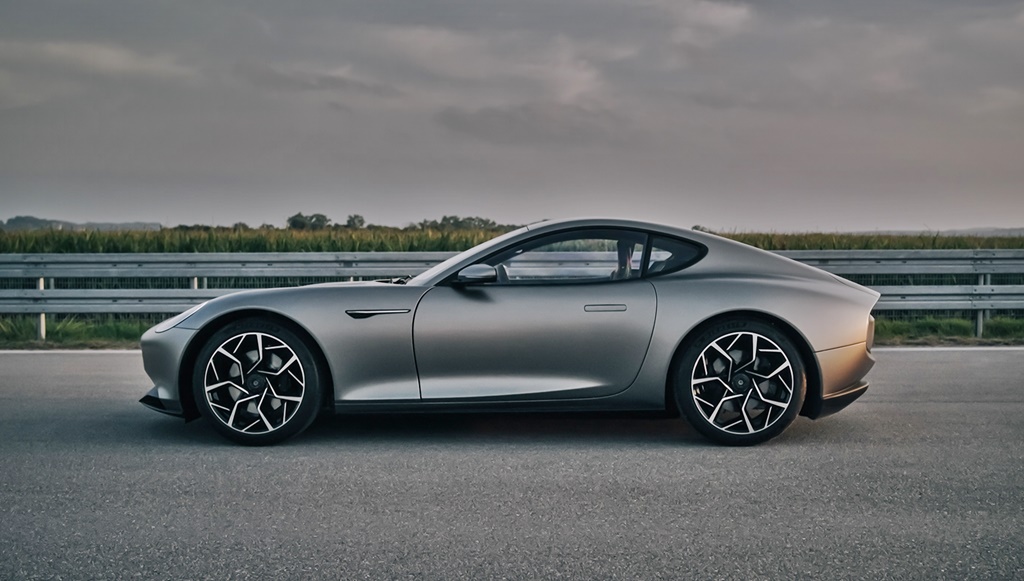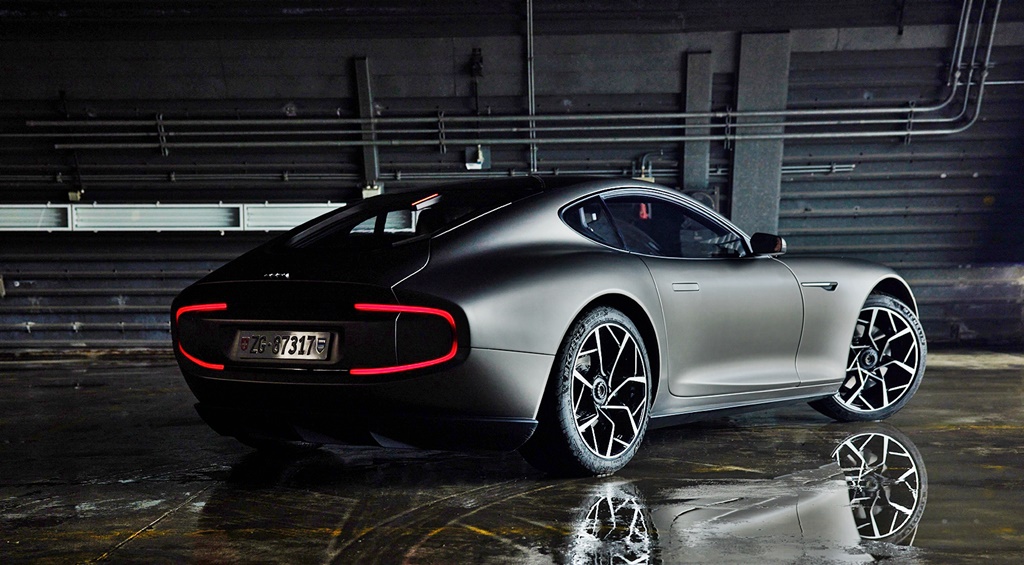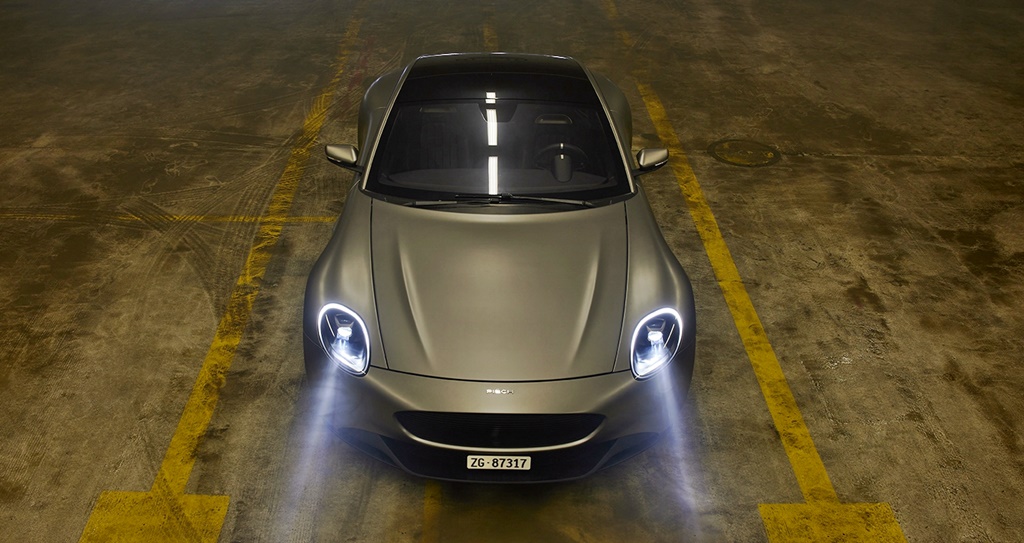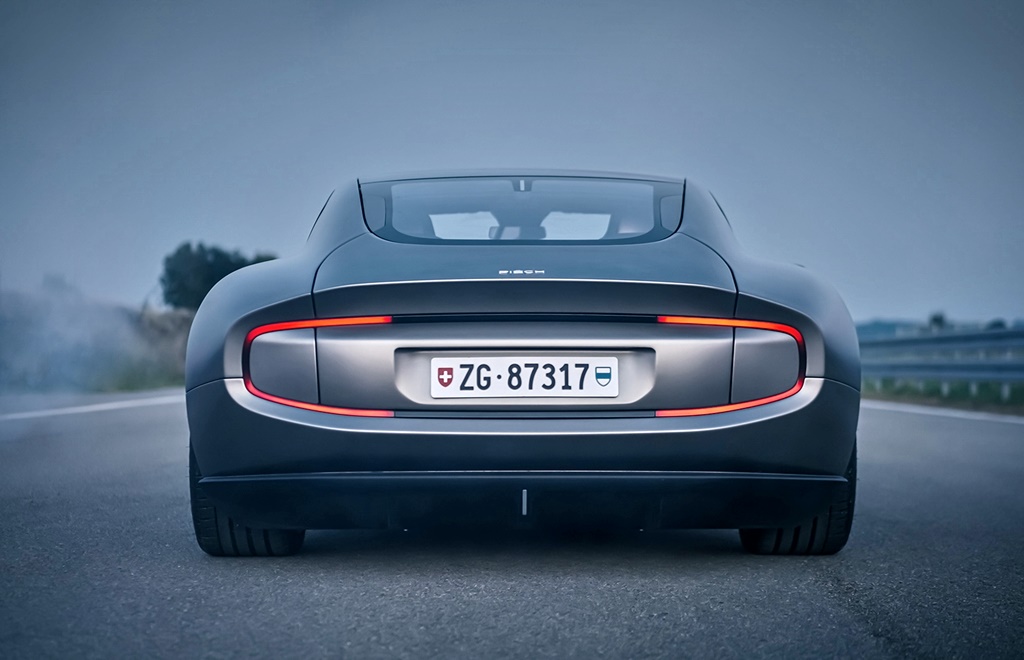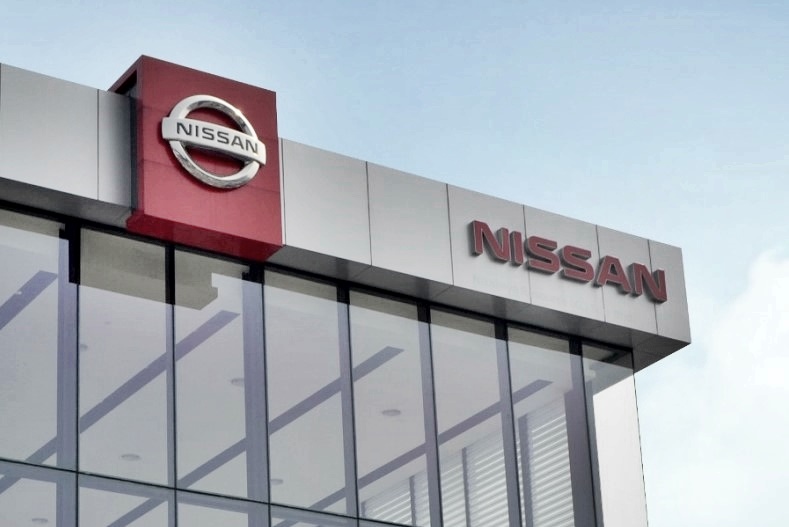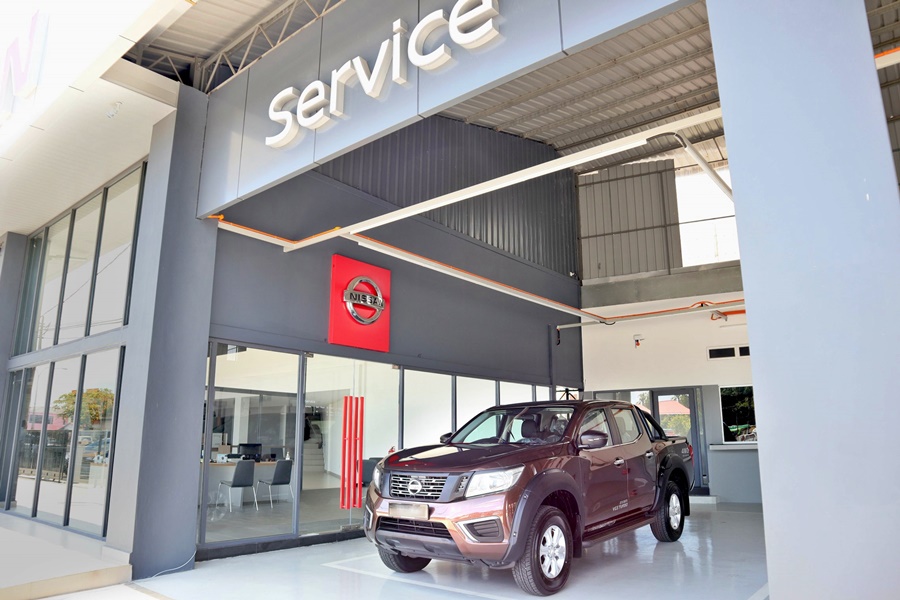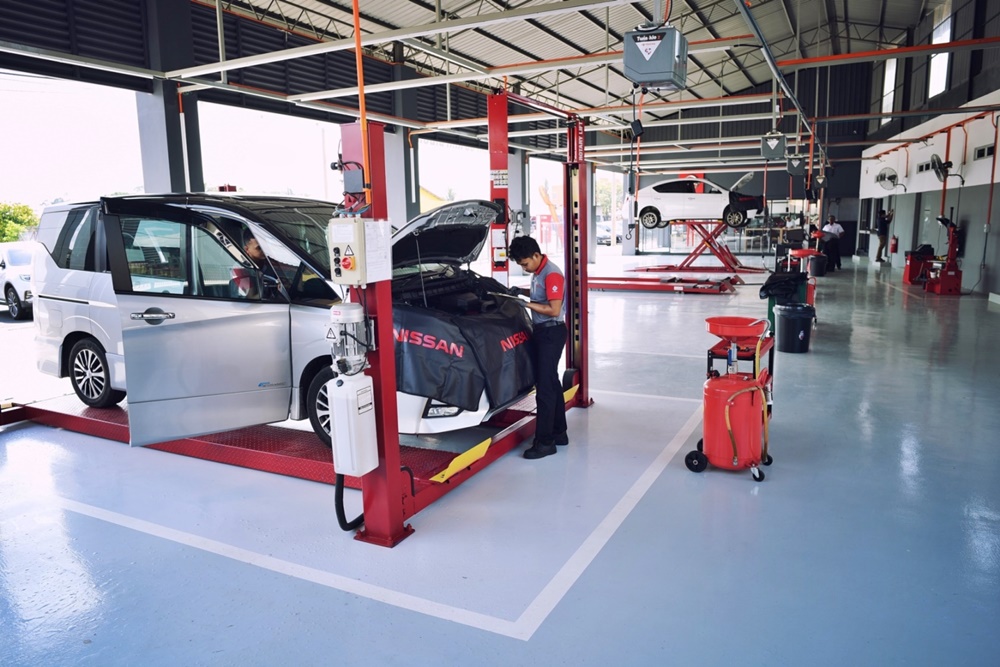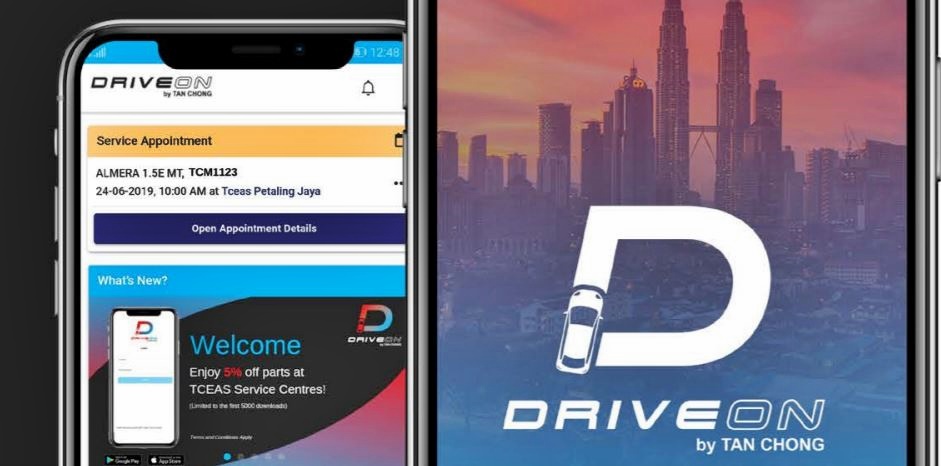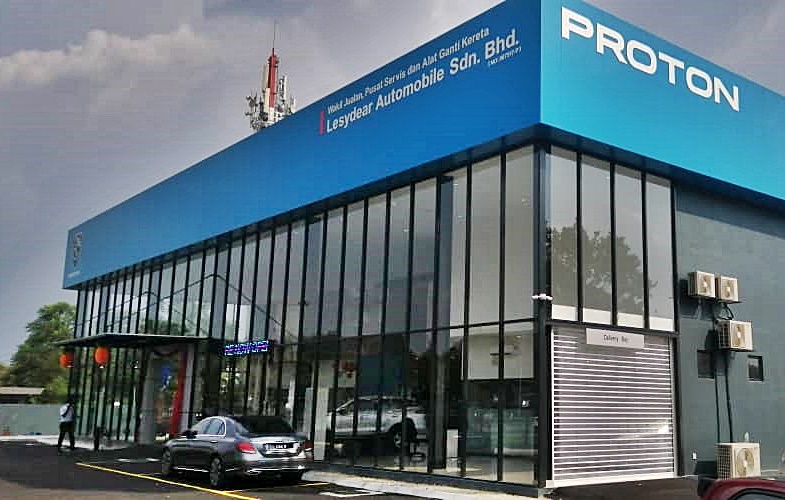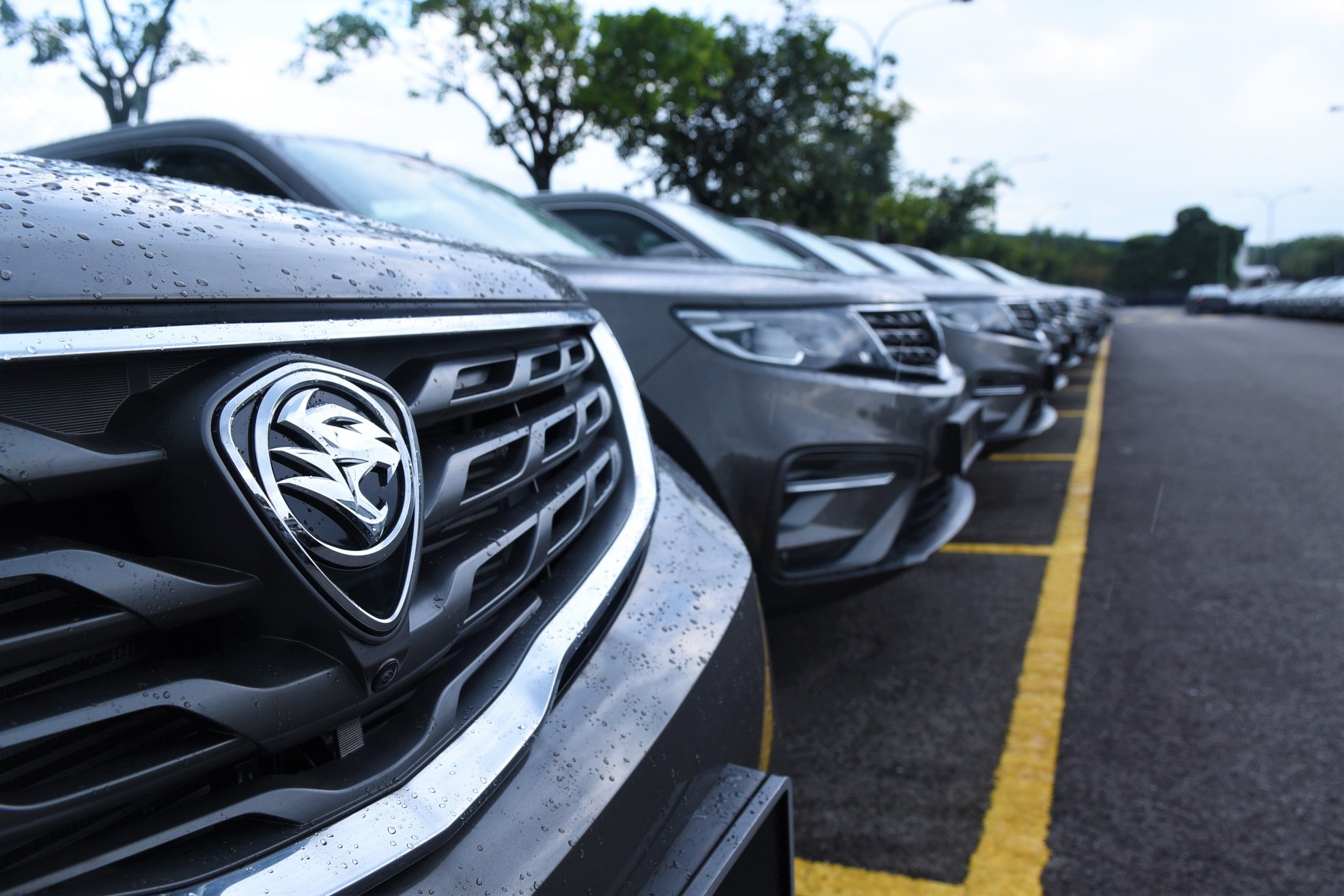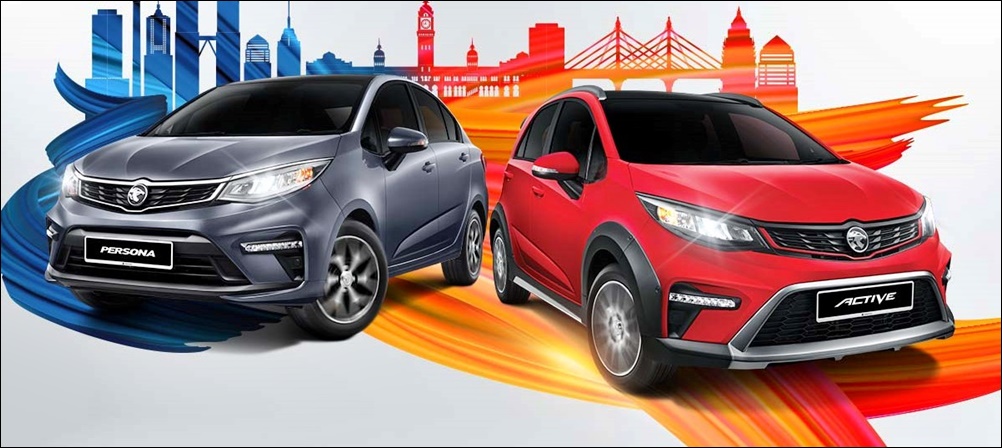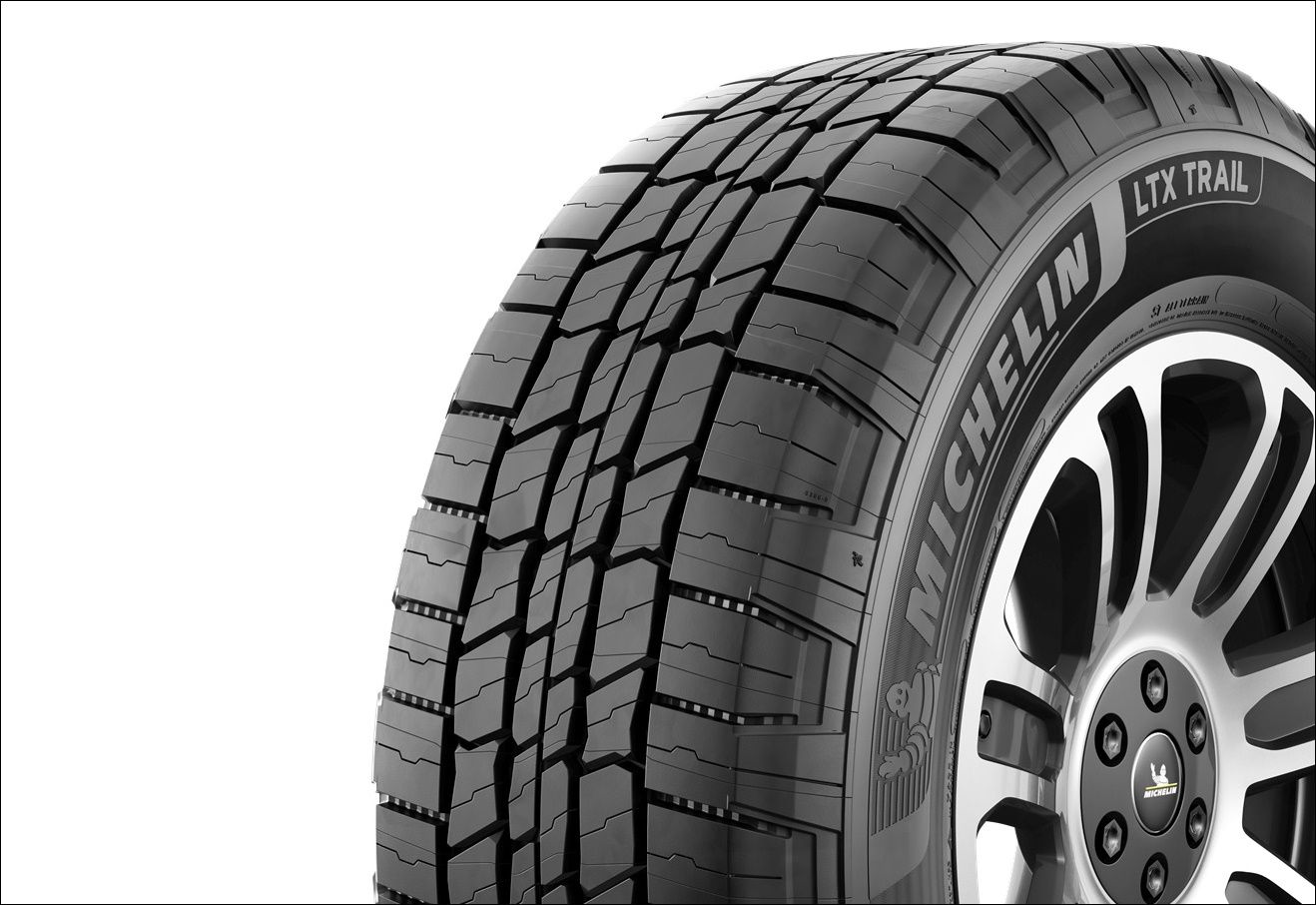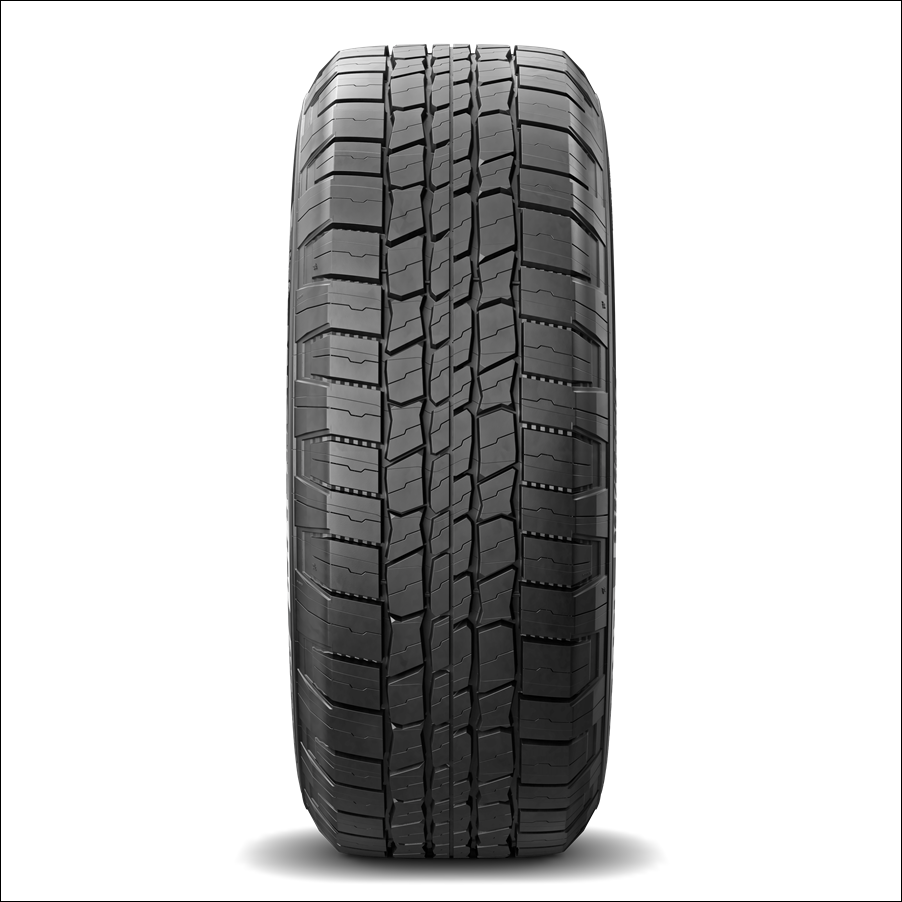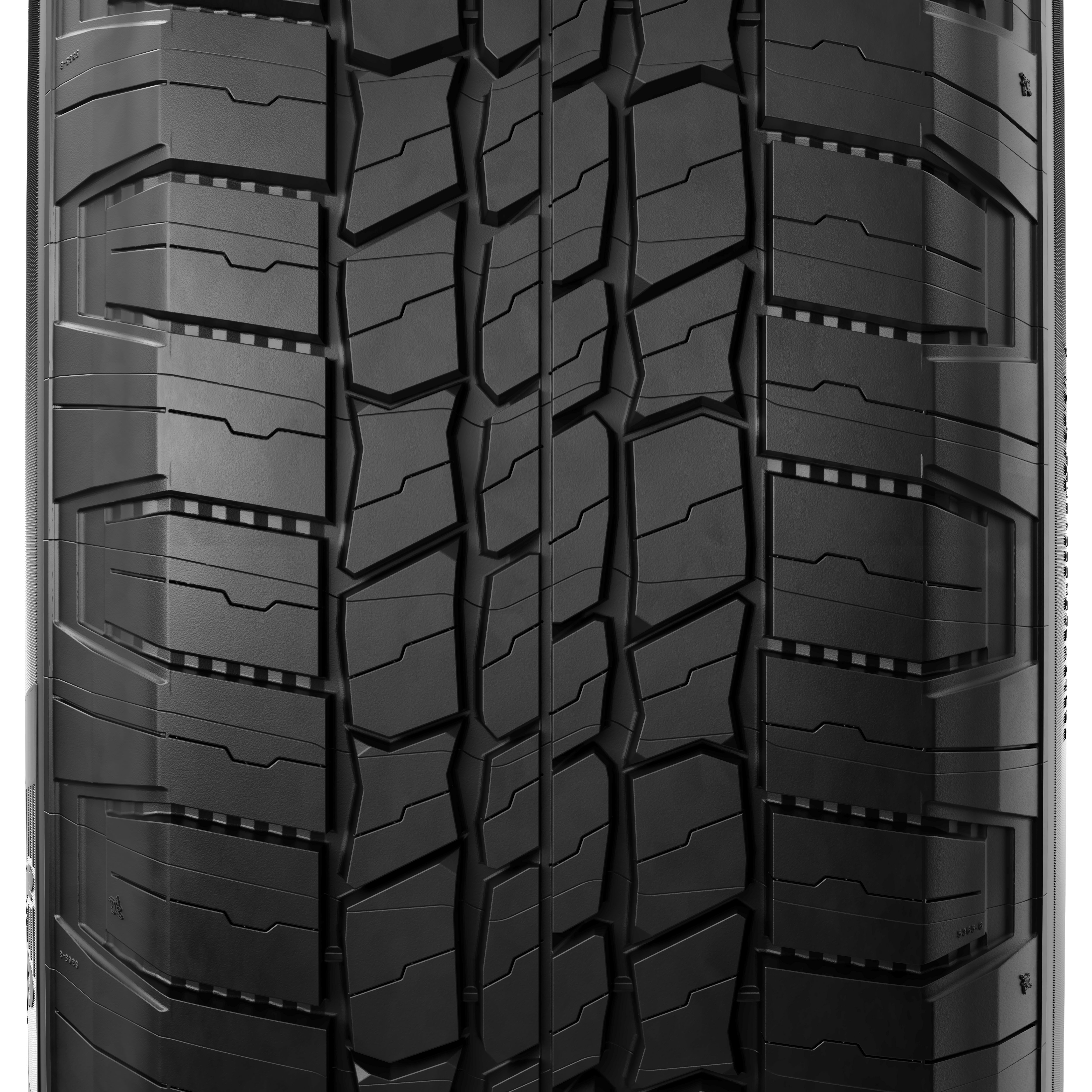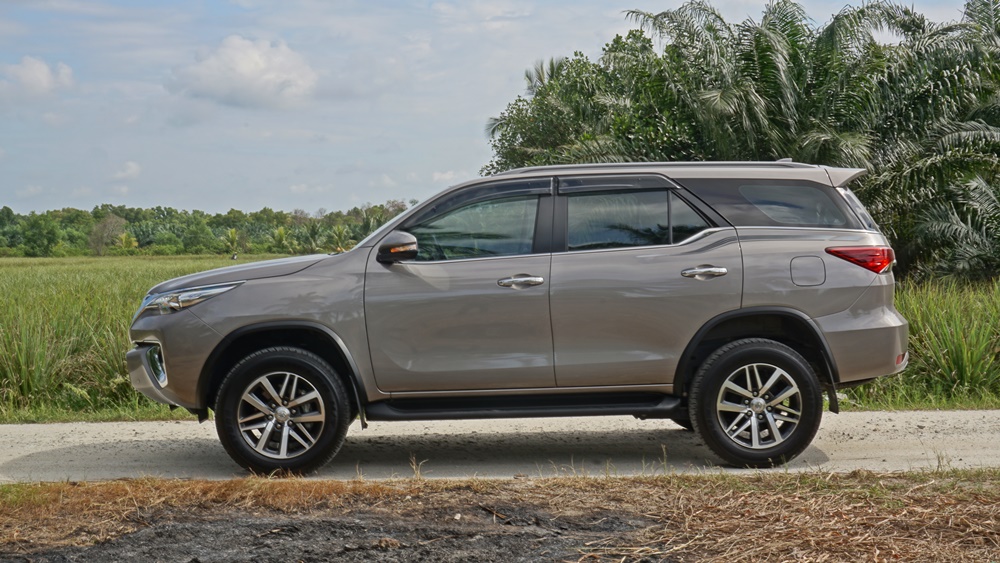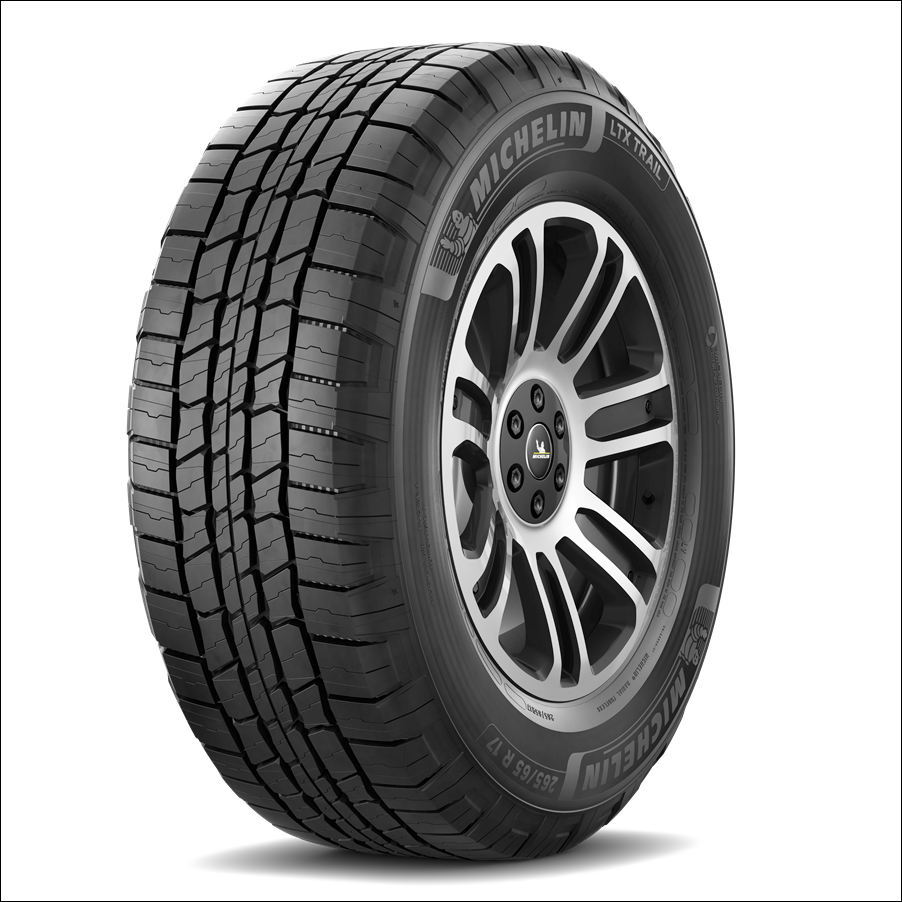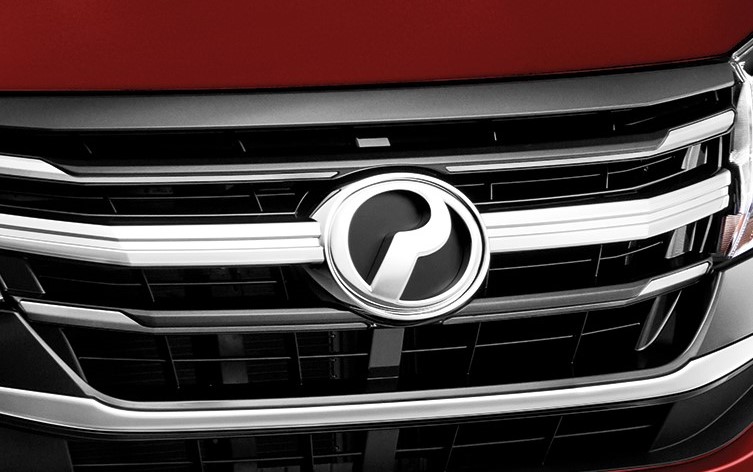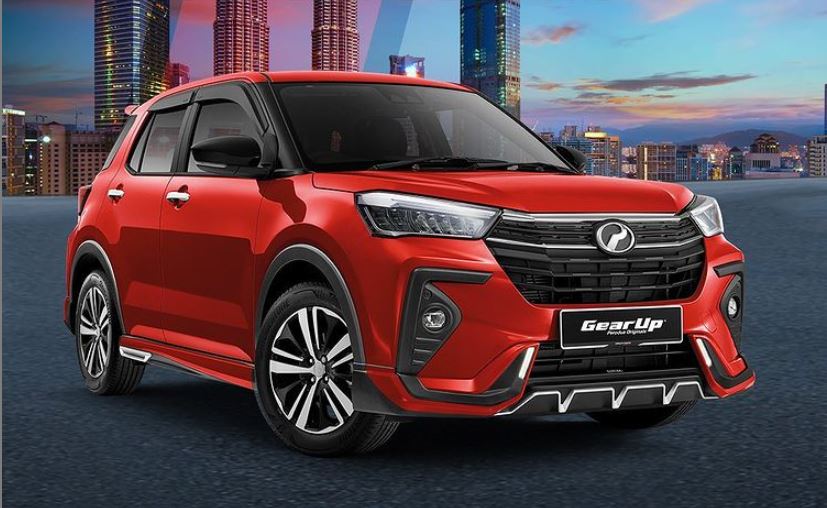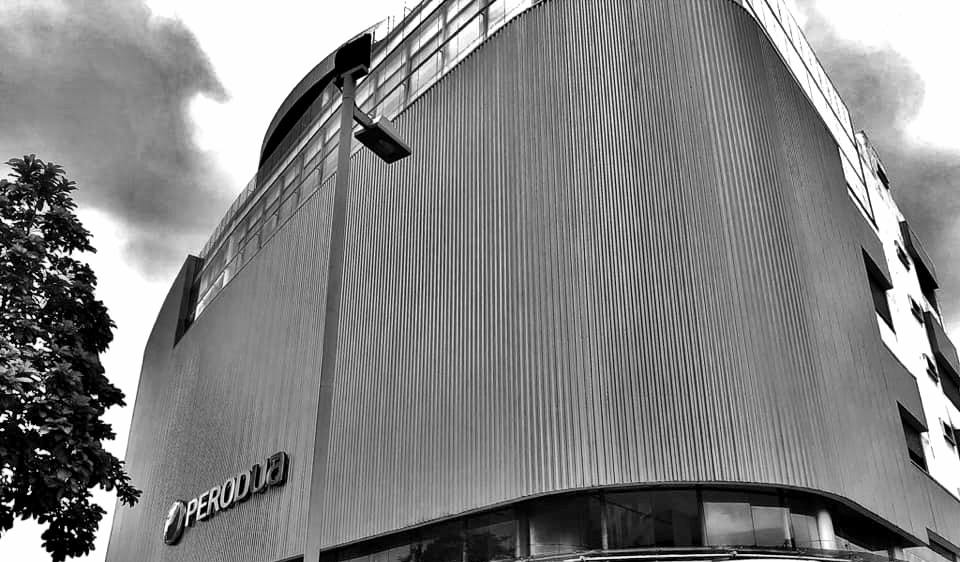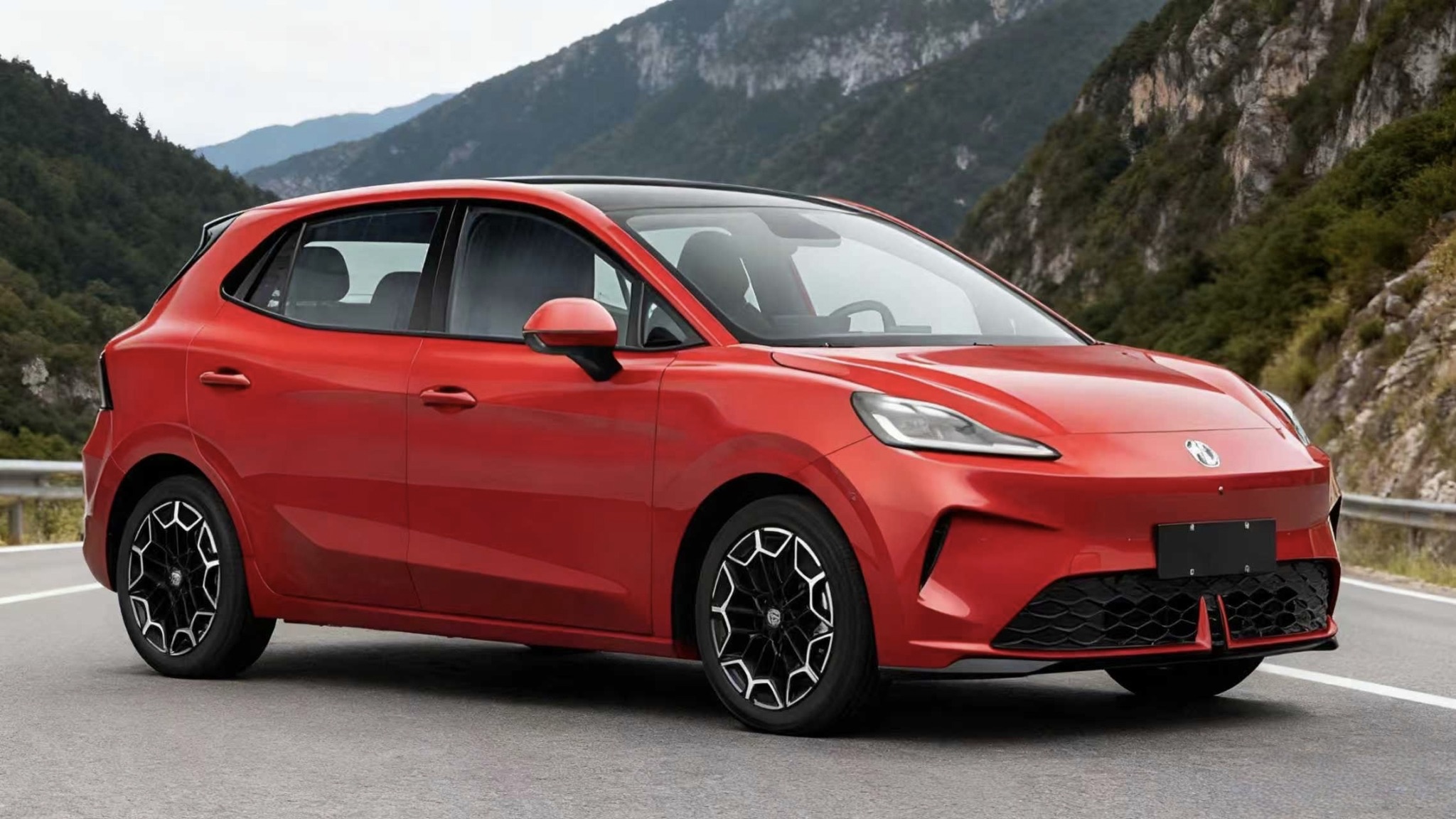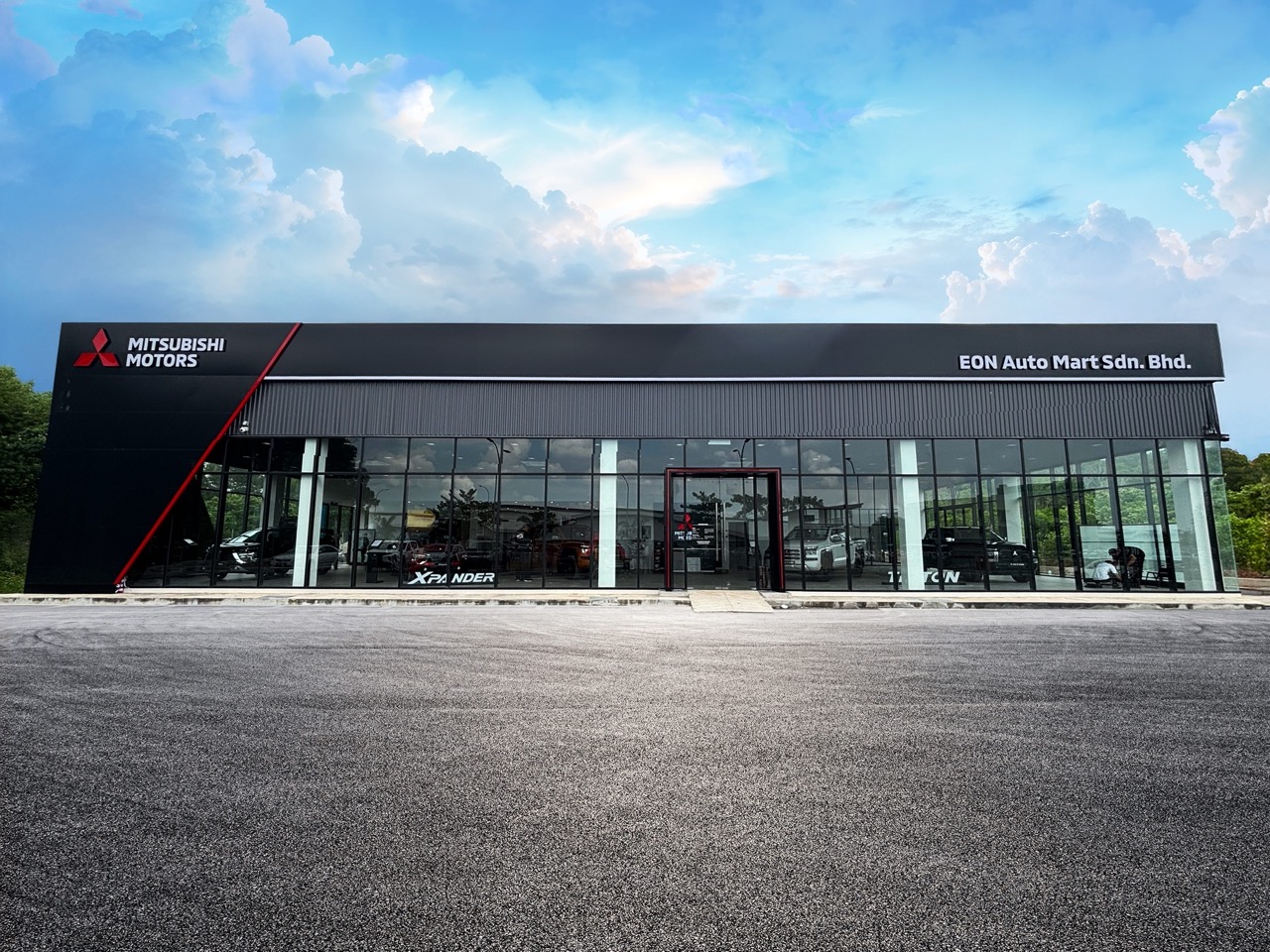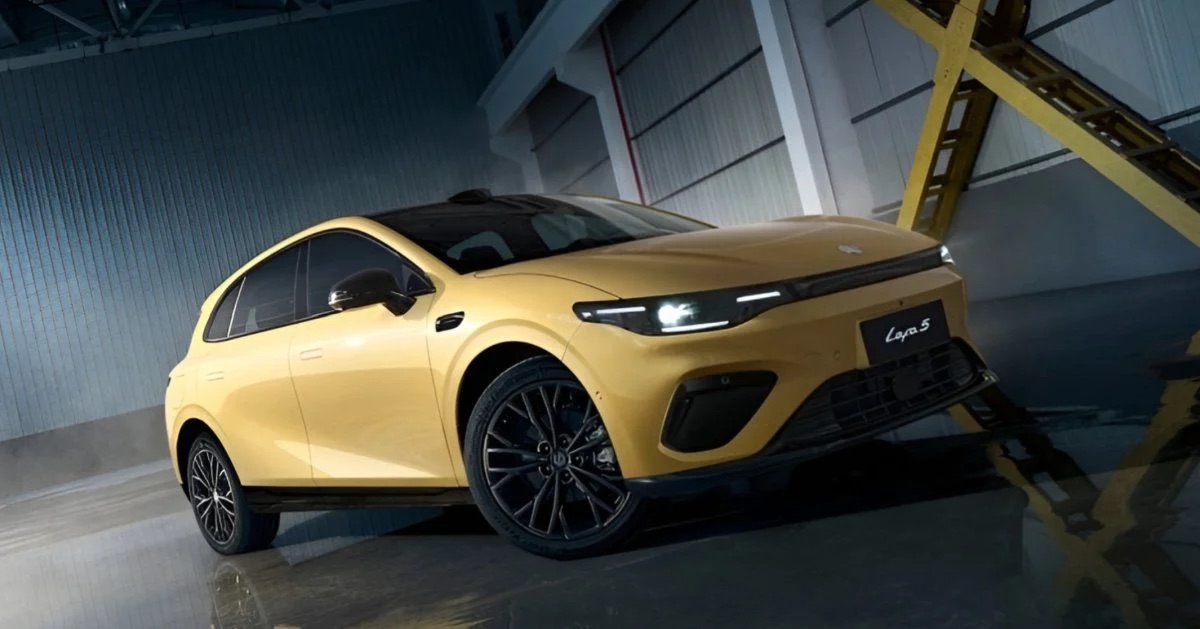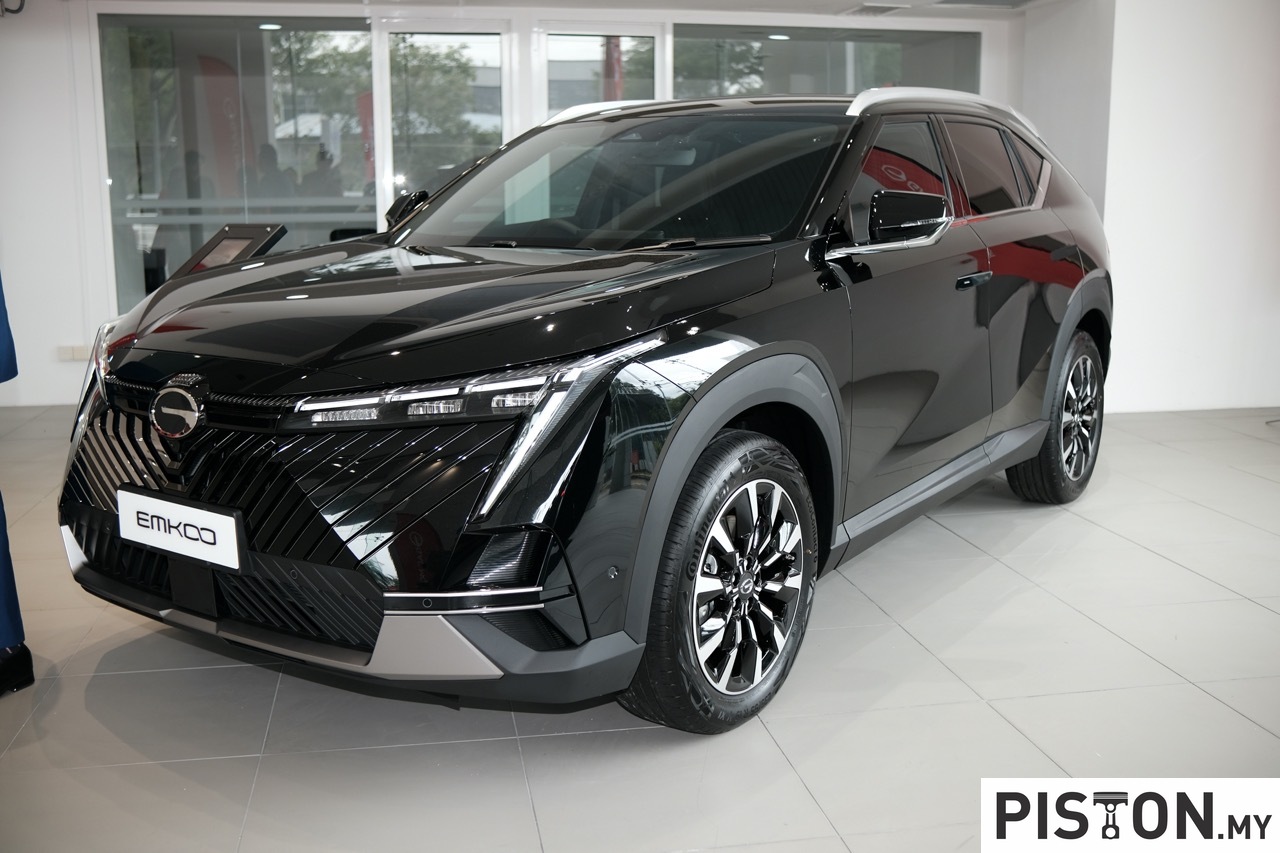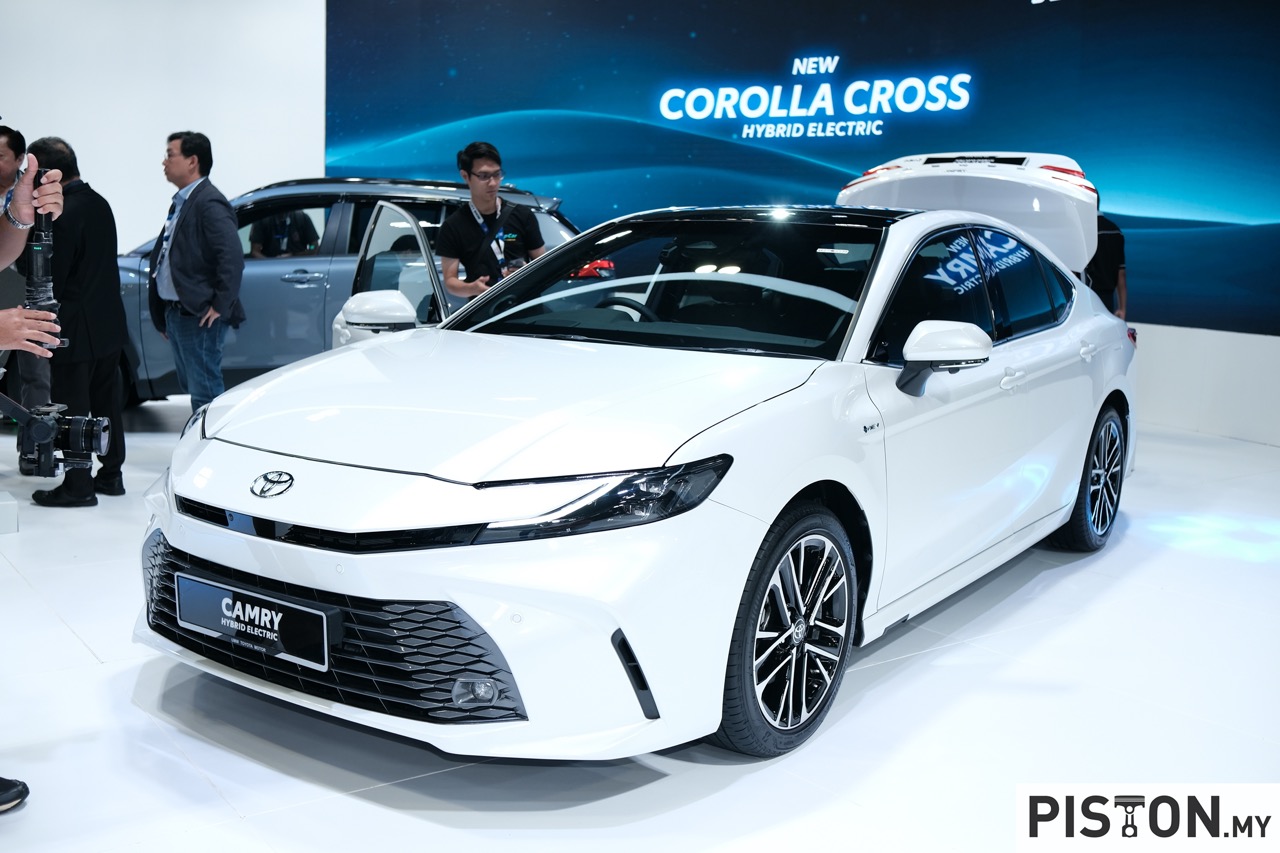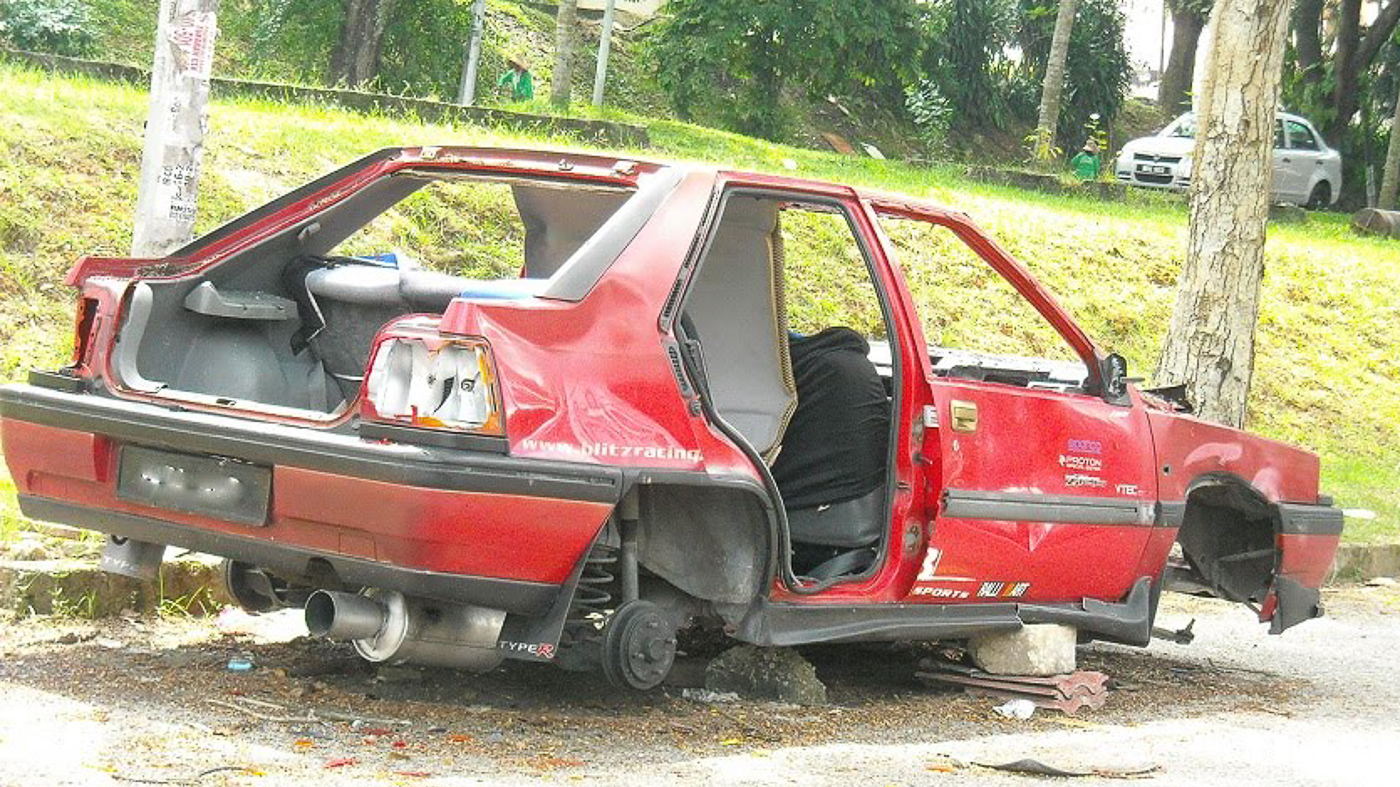Those who know the name ‘Piech’ will know it is well known in automotive history as it is the family name of the great grandson of Ferdinand Porsche. Ferdinand Piech was a brilliant engineer who became CEO of the Volkswagen Group in the 1990s and it would only be expected that other family members would have an equally deep passion for cars.
One of them is Anton Piech, his son, who started a small car company in Switzerland known as Piech Automotive AG In 2016. His partner was Rea Stark Rajcic, ad industrial designer, and the company based in Zurich focussed on electric vehicles and EV technology.
By 2019, the company had developed a flexible vehicle architecture and on this went a sleek sportscar body. It was called the GT Mark Zero and made its first appearance at the Geneva Motor Show that year. Naturally, the Piech name associated brought extra attention to the concept car as Ferdinand Piech and his great grandfather had come out with advanced and innovative cars in their time.
Piech Automotive had plans to develop the GT Mark Zero into a production model that could go on sale within a few years. But as with projects all over the world that started in 2019, the COVID-19 pandemic of 2020 would cause delays but the production electric sportscar will be available by 2024.
At the time of its debut, Piech provided basic specifications which showed that the car would have a fully electric drive with a 450 kW (603 hp) output. This would enable a claimed acceleration time of 0 to 100 km/h in less than 3 seconds, while the target range was said to be 500 kms.
The battery and battery cell technology has received further innovation with a technical partner in China with a solution that enables a full charge in less than 5 minutes. This requires a fast charger specially developed by TGOOD, a company founded in 2004 by a team of German and Chinese engineers that specialises in EV charging equipment.
With more conventional charging stations, the battery pack can be charged to 80% capacity in 8 minutes, it is claimed. The battery pack has compact and robust pouch cells with low heat generation, which is why air cooling is sufficient for thermal management of the battery. The lack of liquid cooling – common in high-performance electric vehicles – keeps the total weight to 1,800 kgs.
Recently, the electric sportscar – which now has the name of Piech GT – has started its trial phase on test tracks. According to Rea Stark Rajcic, the co-founder of the company, it will have typical sportscar handling which was already clearly defined the positioning from the very beginning. “The new Piech GT should convincingly transport the DNA of a classic sports car into the electric age,” he said.
Latest details revealed show that the powertrain consists of one synchronous electric motor at the front axle which produces 150 kW, while another two motors at the rear generate 150 kW each. The additional thrust at the rear axle is what will create the sportscar driving experience.
The arrangement of the batteries (one part is housed in the centre tunnel, the rest on the rear axle) permits a similar axle load distribution and handling that had previously found only with pure sportscars with internal combustion engines. In contrast to the widely used underfloor arrangement, the package enables a low seating position typical of a sportscar as well as precise handling with immediate feedback to the driver.
“The second prototype will be completed by next March, with a further series of prototypes to follow before the end of 2022. Based on the test results from these prototypes, another batch of prototypes will then be built in 2023. Piech Automotive is exactly following the tried-and-tested testing cycles of German premium manufacturers here, with trials in heat and dust, in sub-zero temperatures with ice and snow, and on demanding roads and racetracks such as the Nurburgring Nordschleife, to be able to meet our target of starting series production in 2024,” said Klaus Schmidt, who was previously with BMW’s high-performance department at M GmbH for 30 years.
In addition to the Piech GT, the company will gradually broaden the range with a sporty electric SUV and a sports sedan to be called the Sportlimousine. “Our modular concept not only gives us freedom in the design to create vehicles that are as attractive as possible, but at the same time serves as a platform for all other body shapes. The initial focus is clearly on the two-seater Piech GT sportscar, while the sporty Piech SUV brings additional volume in sales and the 4-seater Sportlimousine offers more occupant space and round off the product range,” said Stark Rajcic.
“Not only are we flexible in terms of design and body shapes, but we are also keeping all options open when it comes to powertrains. We’re starting with electric cars, but our modular vehicle architecture would allow us to respond flexibly to corresponding developments and breakthroughs in the field of hydrogen or fuel cells,” added Anton Piech, CEO of the company.
Everrati Signature Widebody – an electrified Porsche 911 (964)

